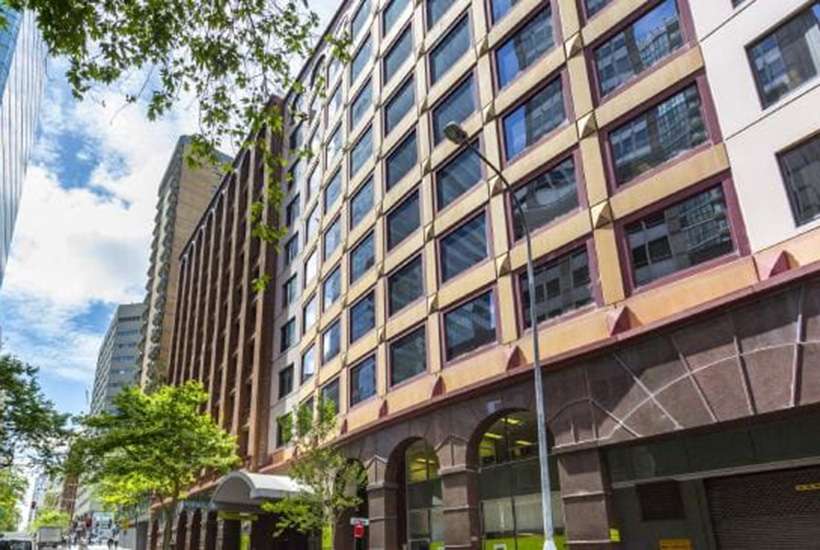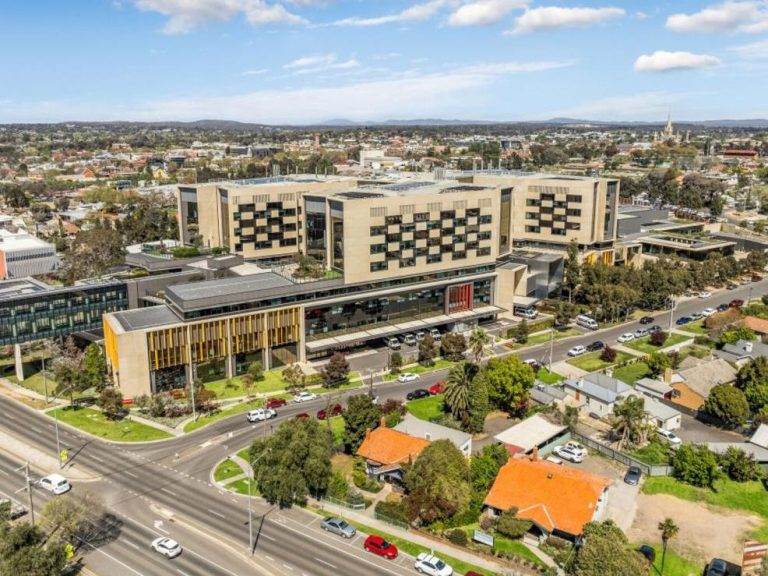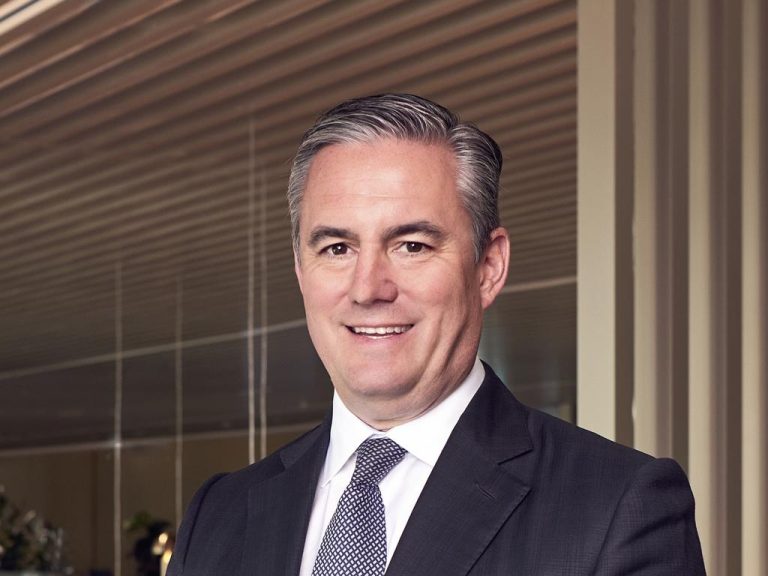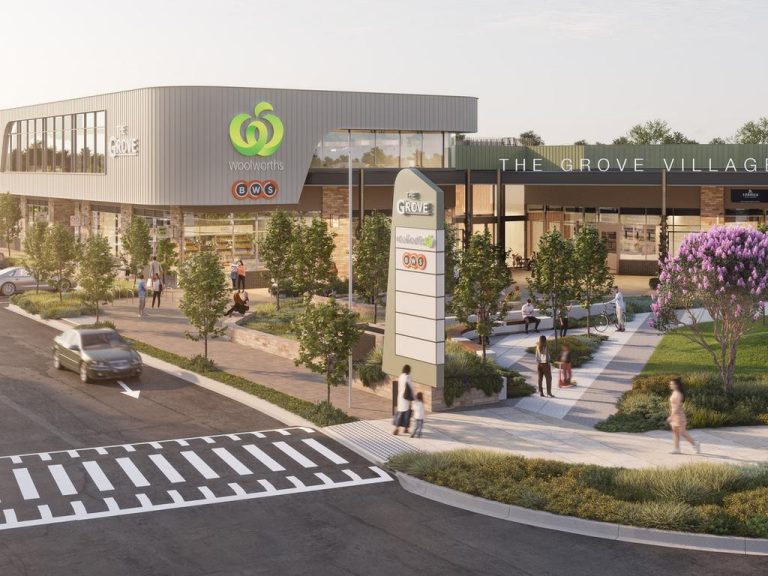What is the lifespan of a commercial building?

Location and ‘return on investment’ often dominate the conversation when talking commercial property.
However, a building’s age should also be a consideration for commercial property buyers, and particularly if it’s a multi-level structure.
What is the average lifespan of a building?
The standard lifespan for a commercial building is around 60 years, according to Herron Todd White Commercial Director Alistair Weir.
However, refurbishments can improve longevity and are a common option in taller inner-urban structures to prolong a building’s use.
“I would say generally, you would anticipate the lifespan of a commercial building to be circa 60 years, something like that,” Weir says.
“But tearing down a tall building is a very costly process, because unless the gain from rebuilding makes it a worthwhile exercise it’s really difficult to do.
“In the city you’ve got a lot of buildings, which were built in the 1970s, and they were generally topping out at about 25 storeys.

A building’s lifespan can be extended significantly with regular refurbishments.
“Now, it’s not actually economic to tear down buildings of that size. So what tends to happen is every 10 to 15 years there is a sort of fairly substantial refurbishment, which resets the lifespan.”
While refurbishments can be costly, they are still cheaper than a rebuild and can also increase the value of the asset for the future.
Commercial buildings that are less than 10 levels high tend to have a shorter lifespan, but there’s a good reason for that, according to Weir.
It is a purely an “economic decision”, he says, as demolition of smaller buildings is not as costly and in many cases the site holds more value if a bigger structure can replace it.
Factors that contribute to the lifespan of a commercial building
1. Maintenance
Looking after a building is an essential part of owning an asset if you want to maximise its lifespan.
This means carrying out regular inspections of the structure and its mechanical components and staying on top of general wear and tear.
Maintenance isn’t cheap, but it plays a huge role in improving the longevity of the asset and ensuring it grows in value rather than declining.
2. Weather and climate
Heat, rain, humidity, salt, sun and wind are all factors that will weather a building and contribute to its decay.
These conditions can cause damp, cracking, rusted windows, deterioration of block work and stress on fittings, including pipes.
Additionally, it’s important to consider the effects of pollution, which can damage a commercial building long-term and leave it looking tired, unsafe and unattractive to new tenants.

Weather and climate can play a huge role in the life of a building.
3. Materials
The question of which materials to use in a commercial building is always hotly debated.
The reality is that there are many cheaper materials on the market and while they may save money during construction they can end up costing a building owner more in the long run as they are simply not as durable.
For example, a brick cladding will last much longer than fabricated cladding but will also cost more, so developers will often weigh up the cost.
Sustainable building materials, however, are becoming increasingly popular and are adding long-term value to commercial properties.
4. Usage
The more a building is used the more wear and tear so the type and scale of the tenant will have an impact and should be factored into the building’s design and materials used.
How to tell if a building is ageing well?
Knowing when a building is a good buy and whether its refurbishments are of good quality can be difficult, so Weir recommends bringing in a commercial building inspector before entering negotiations and signing a contract.
This will help determine the age and sturdiness of the structure and also the condition of the installations.
“It’s important because the lifecycle of the of the plant equipment in the building is the primary issue,” Weir says
“You want to see what’s the lifespan of the elevators, pipes, and the air conditioning.”
“These generally need to be replaced every 10 to 20 years and if you bought a building where there’s these sorts of repairs and maintenance costs it’s going to be very costly to accomplish.”







